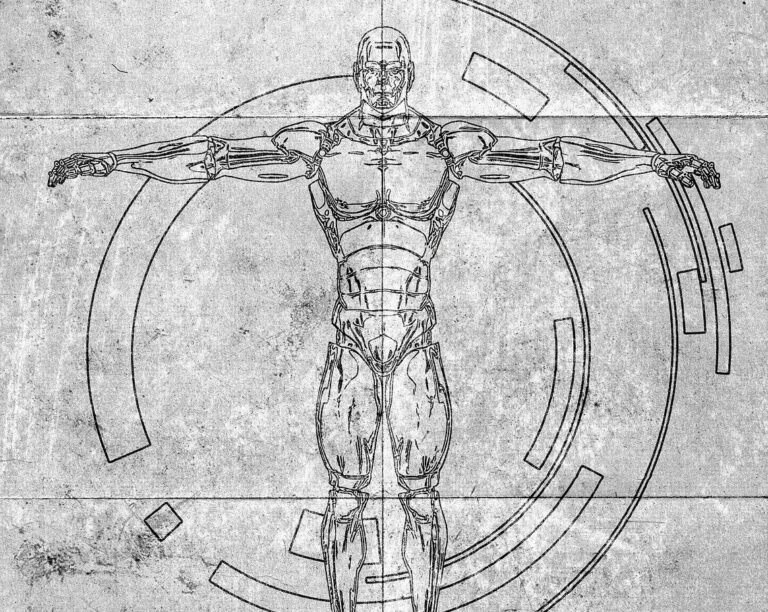“GMV, through their diligent and patient approach, have helped us put in place the strong foundations for what is now a comprehensive organisational transformation programme with a clear vision: a programme which involves changing processes and underlying software systems – and, most importantly, changing attitudes to knowledge sharing.” Hazel Province, Director of Planning
We were commissioned by the Royal Opera House to develop information architectures that could help the organisation as a whole to speak a common language.
The Royal Opera House is one of the biggest arts organisations in the UK, employing over a thousand staff in addition to thousands of freelancers. And it is deeply immersed in the riotously international and multilingual worlds of ballet and opera, where a singer and a répétiteur might rehearse an aria from an opera seria in preparation for the first sitzprobe. It’s no wonder that they face some challenges around speaking the same language!
During prior work with the Royal Opera House, we had identified the need to develop ‘horizontal’ standards across the organisation, creating a common foundation for new and current systems to ‘speak a common language.’ This would mean the creation of a shared vision of the universe of the ROH – ensuring that information was stored in ways that faithfully represented how the ROH worked and the knowledge it held.
The aim was to turn content into a valuable asset by allowing it to be effectively searched for, managed, reused and exploited, helping the ROH to:
- Bring its creative works to new audiences
- Protect its ability to revive and hire its productions by effectively documenting their content
- Faithfully record and acknowledge the contributions of its artists and staff
- Preserve knowledge of its work for future generations.
Over 8 months, we worked as part of the ROH team, alongside a seconded staff member, to create and gain consensus on:
- An Information Architecture –providing a common language for information stored and exchanged across the ROH
- A Rights Description Language – a structured way of representing the rights people or organisations hold in creative works
We helped ROH staff to avoid siloing this as an ‘IT project,’ making the case that it was as important for supporting collaboration between human beings as it was for enabling the functioning of technical systems.
After bringing in a leading information architect to model the universe of the Royal Opera House, we chaired an Information Standards Working Group that brought together senior stakeholders from Planning, Technical, Collections, Publishing, HR, and artistic companies, among others, to achieve understanding and consensus around this new architecture.
The Royal Opera House is now integrating these architectures into its language and ways of working.








